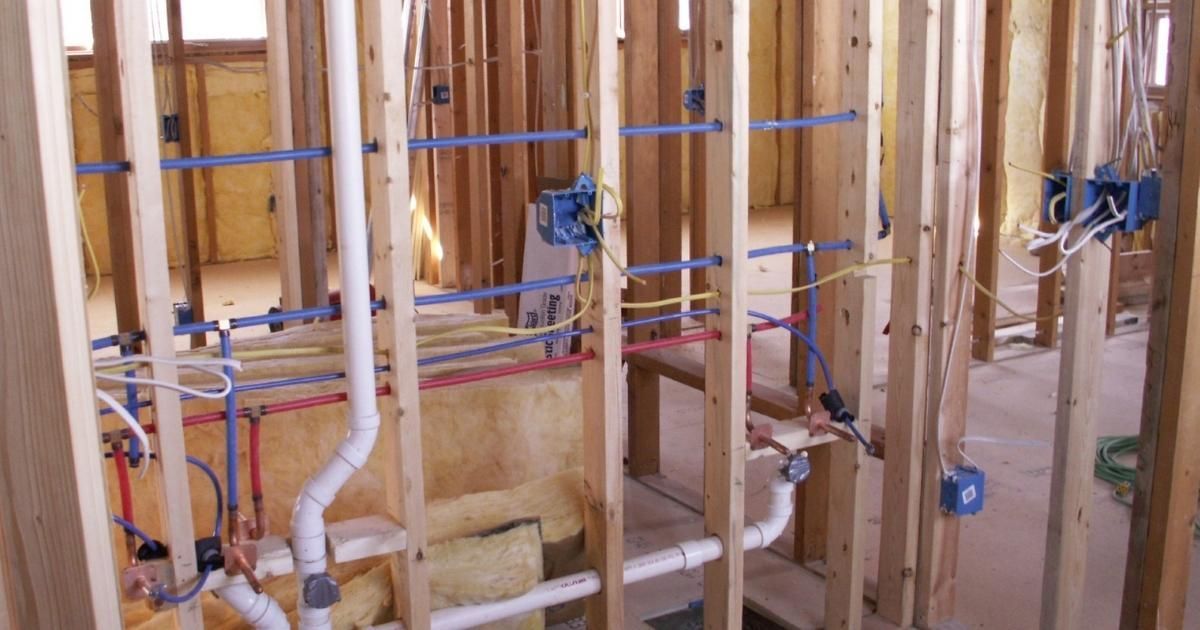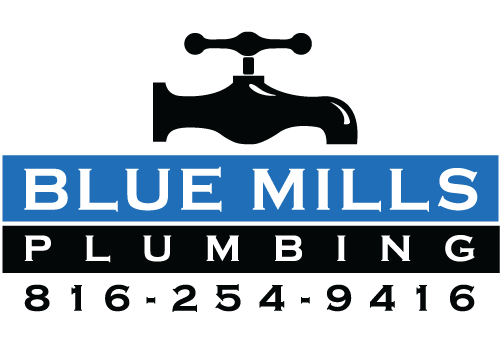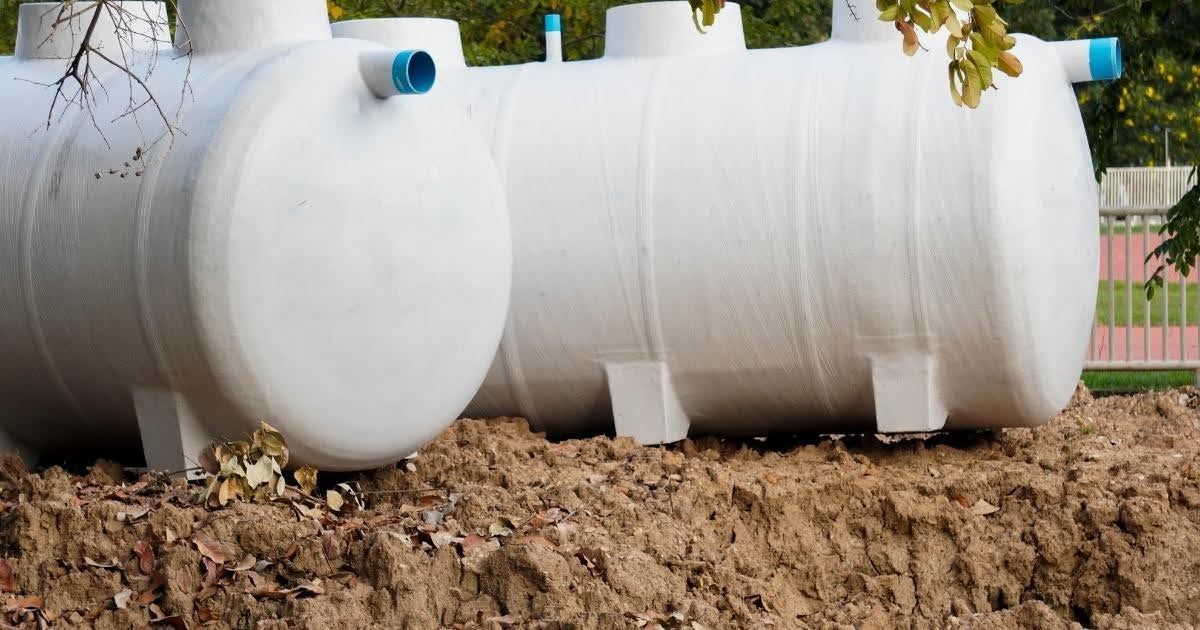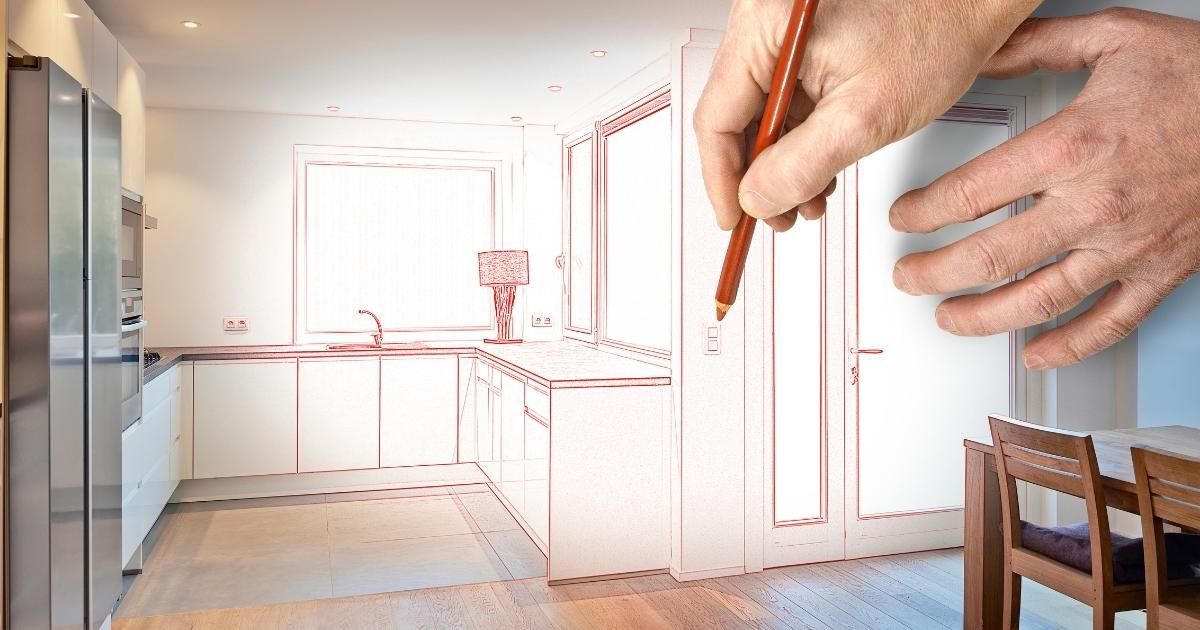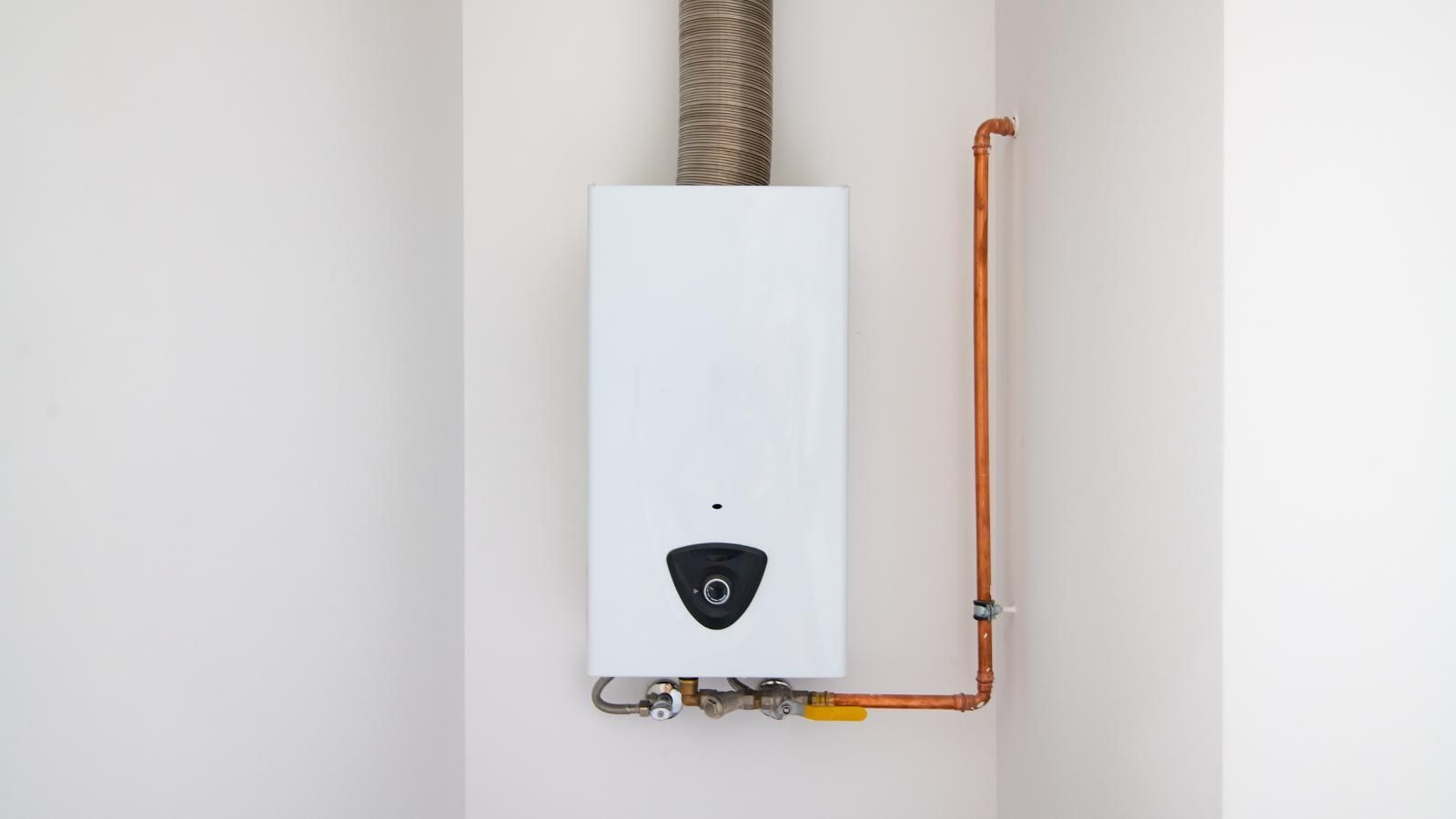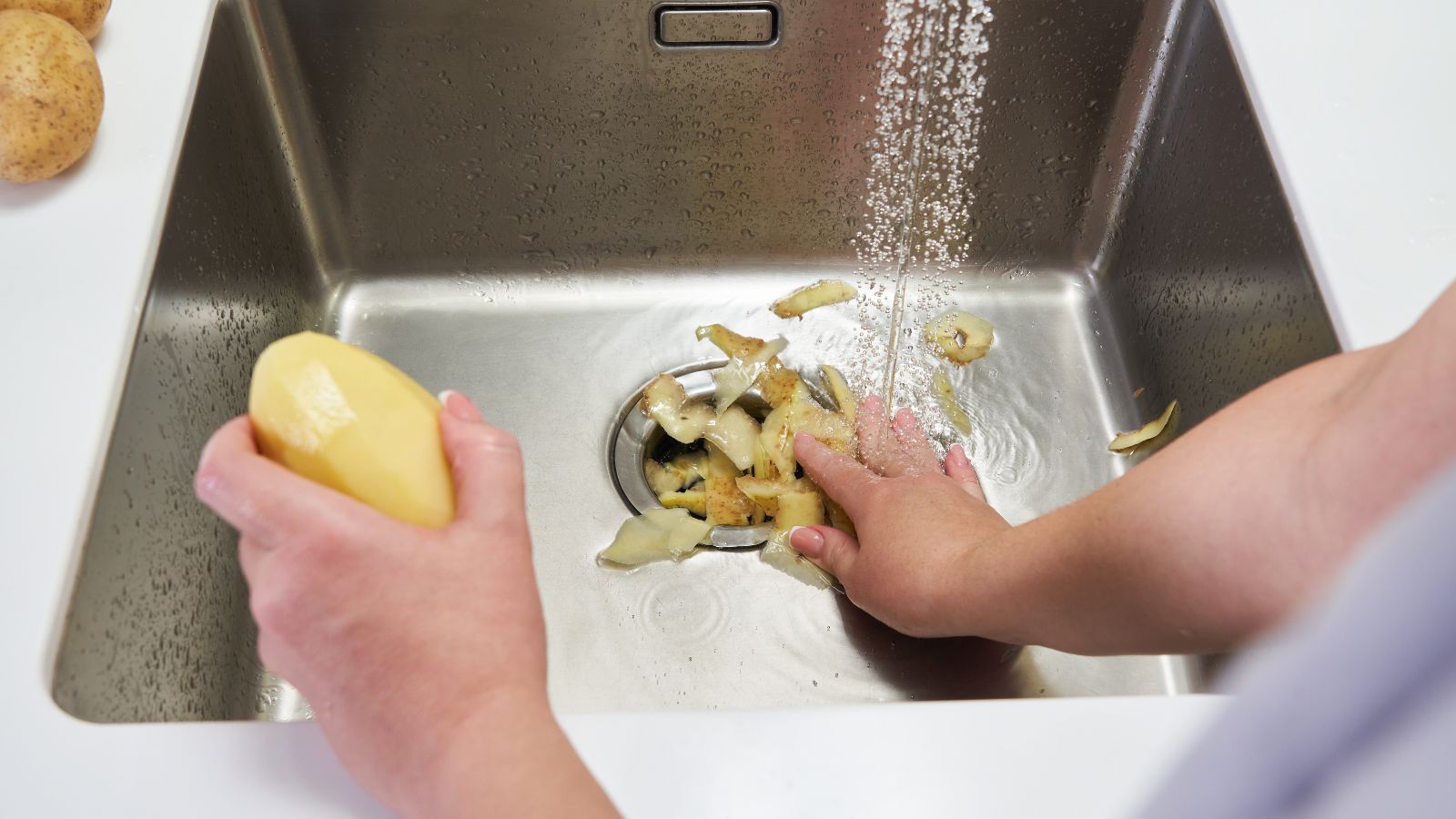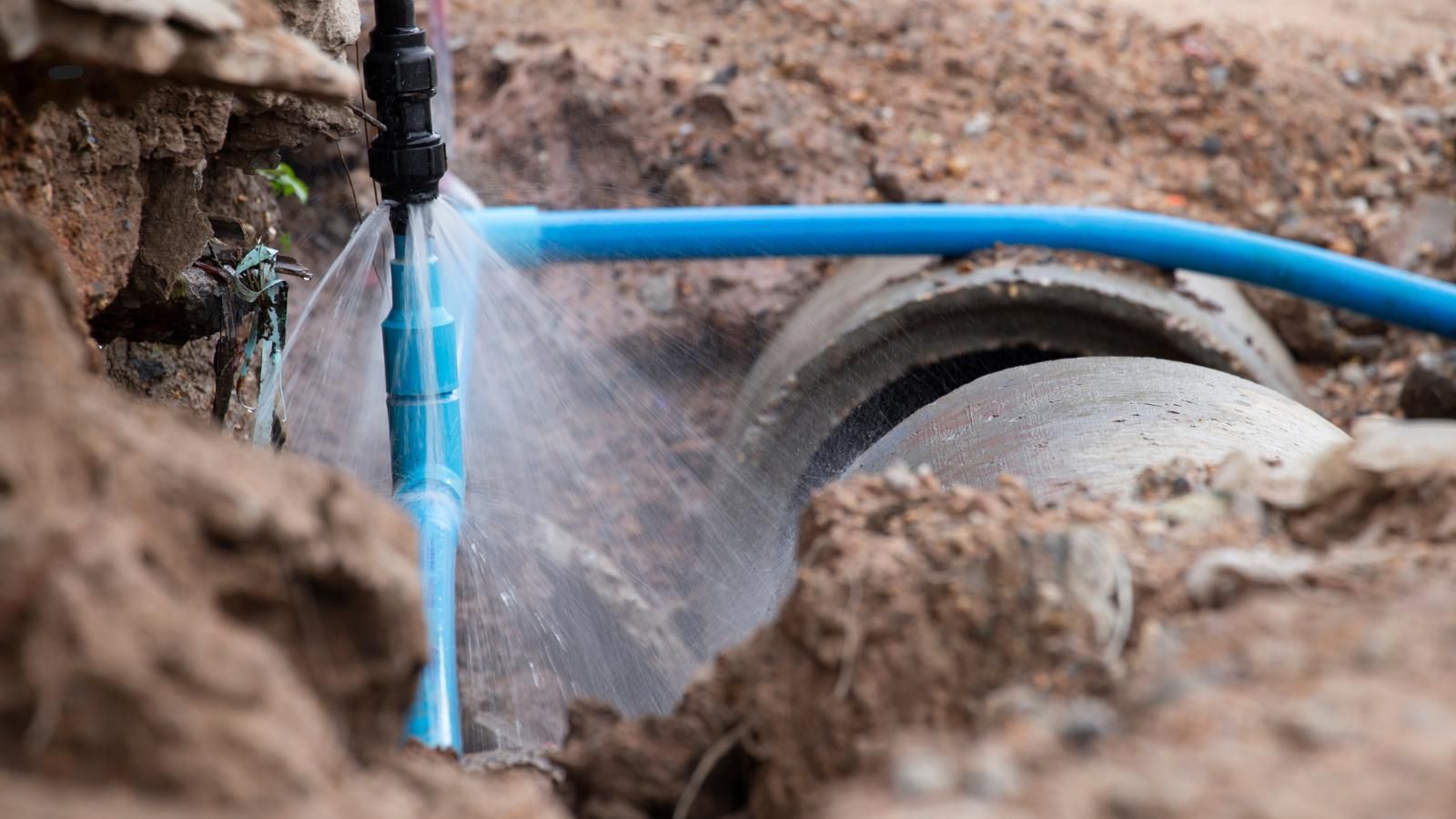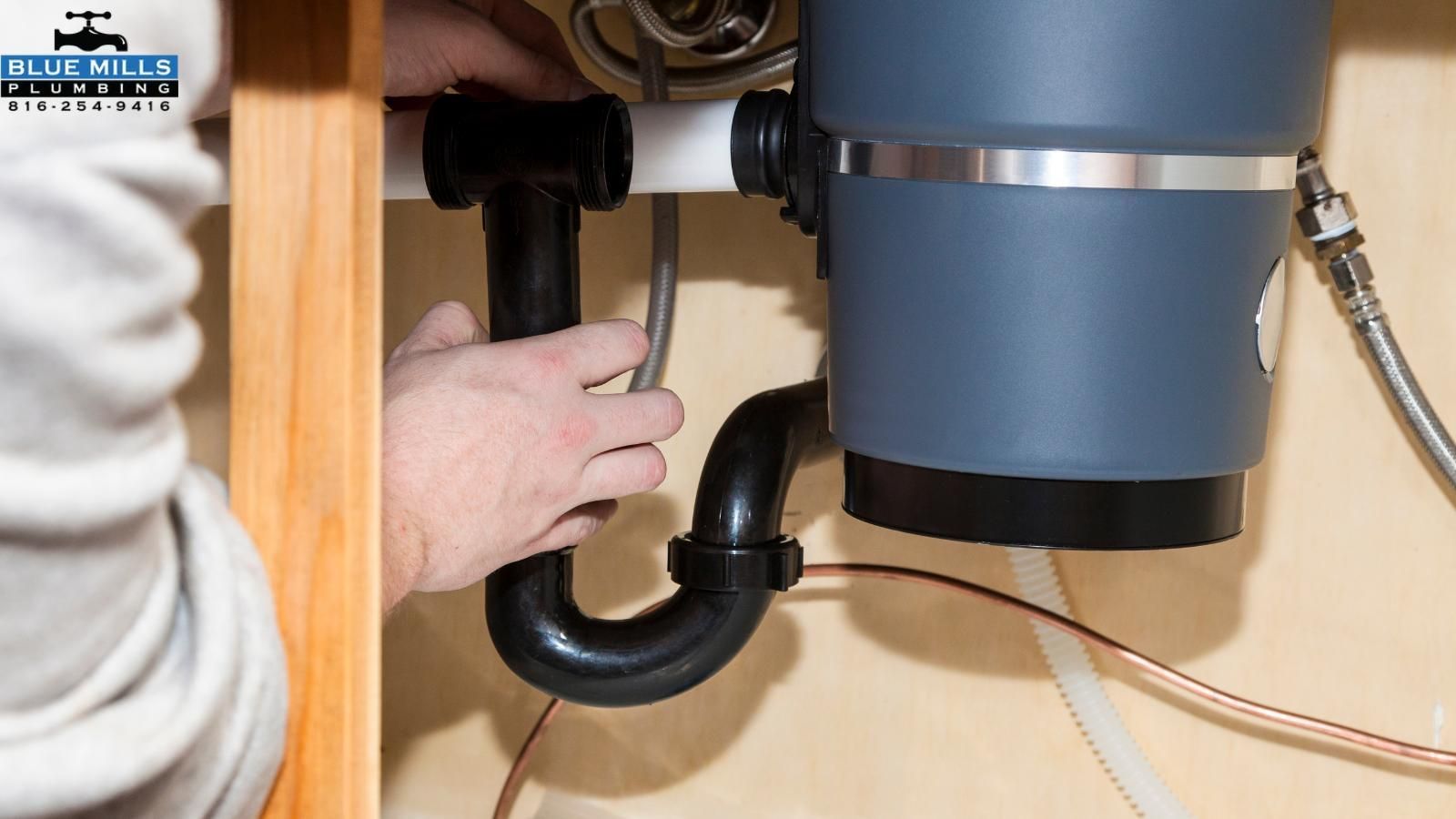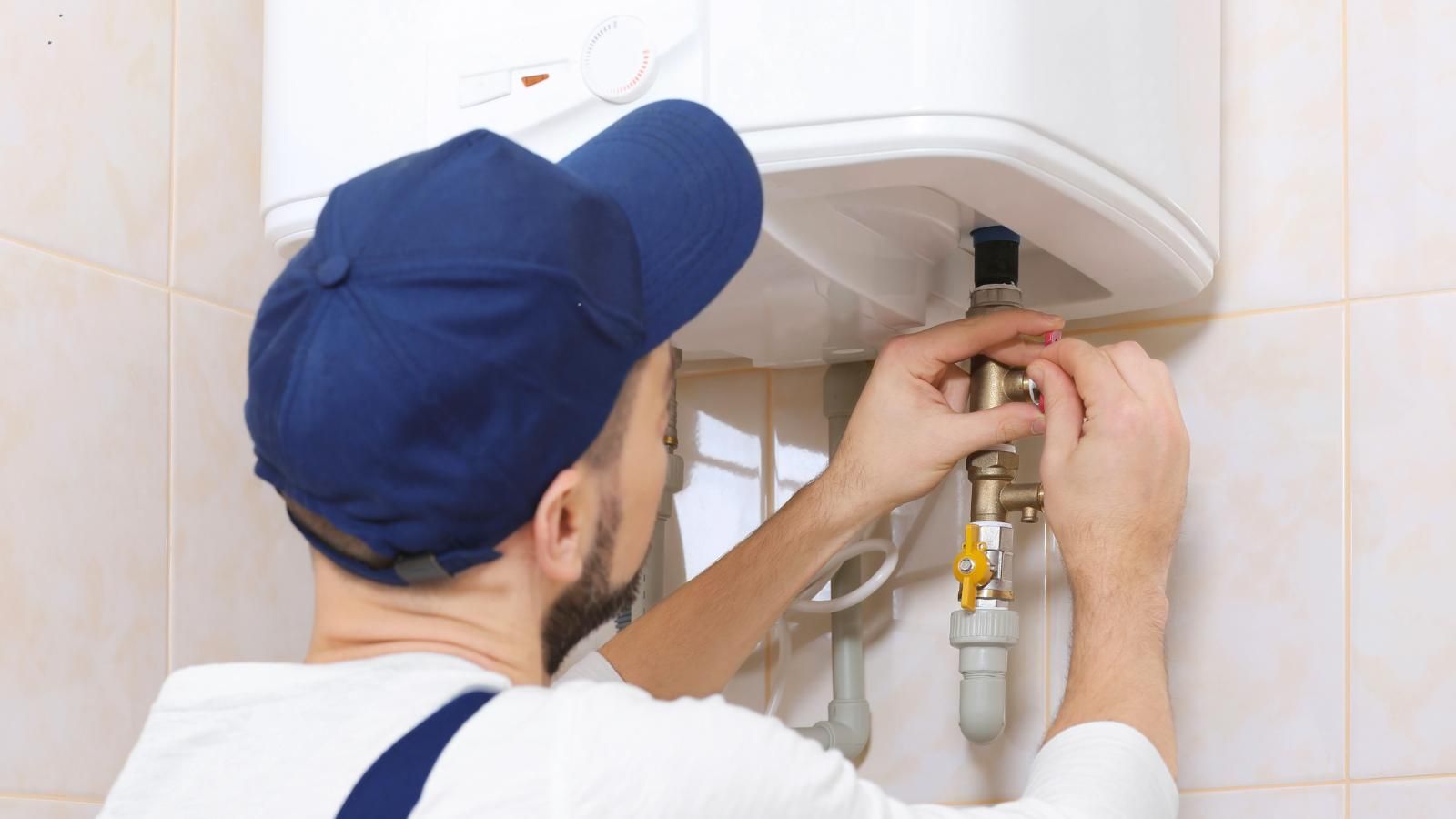Plumbing Dos and Don'ts for Renovating a Bathroom
Bathroom plumbing should be the hidden glory of your dream renovation, but even small mistakes can create a nightmare. Proper plumbing is the foundation for any remodeling project, large or small. Plumbing errors can lead to leaks, water damage, and mold growth.
Do-it-yourself bathroom remodels can be rewarding, but knowing when to call the pros is essential. A licensed plumber ensures the plumbing is up to code, done right the first time, and running efficiently for the long term.
In this blog, we’ll cover:
The Most Common Bathroom Plumbing Mistakes to Avoid
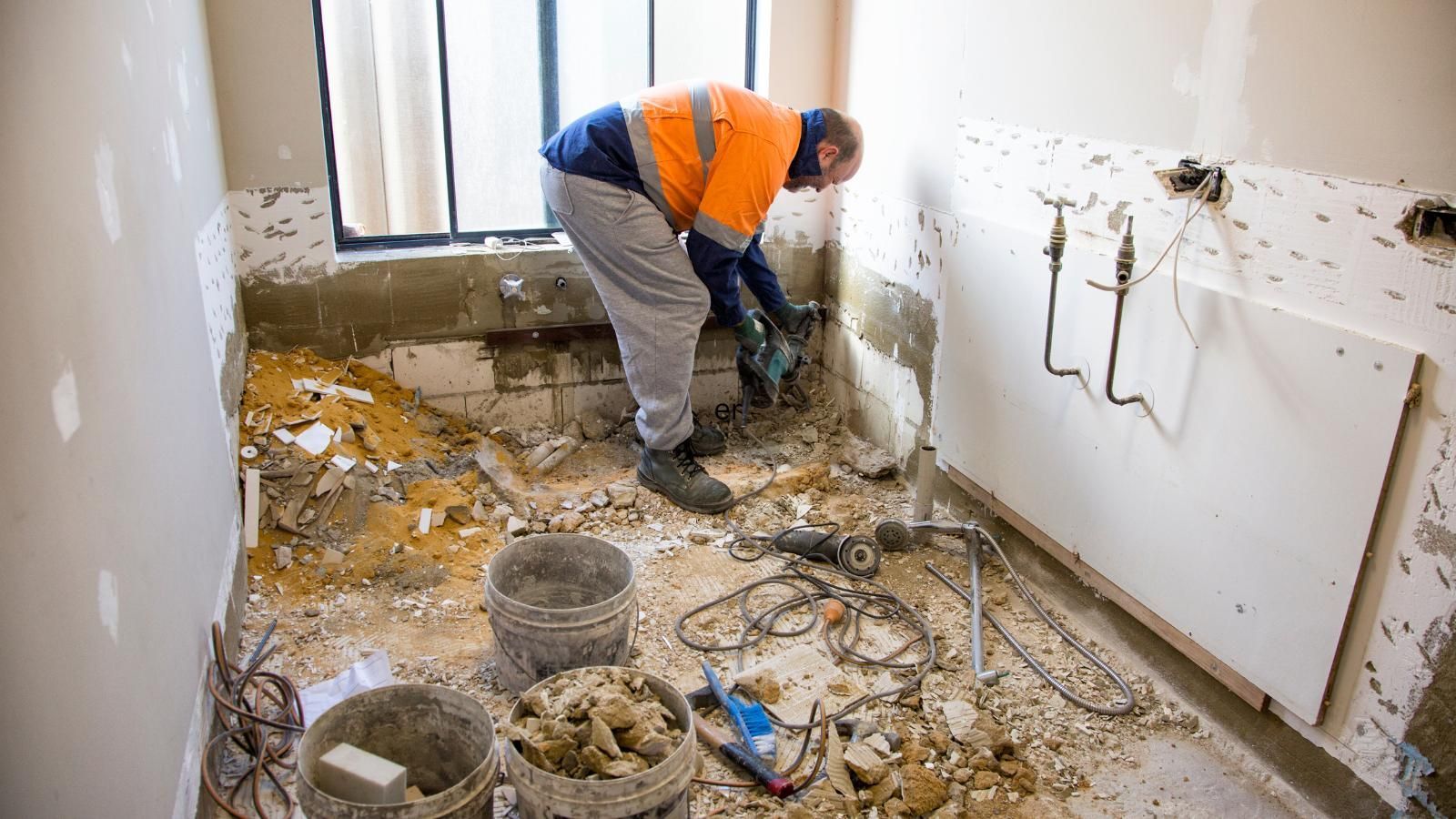
Cutting corners with bathroom plumbing might save you money initially but it can leave you flushing money down the drain by creating unintended damage to surrounding areas or even a complete tear out and re-do of the project if it doesn’t meet local regulations.
Not selecting the correct pipe materials is also a misstep. PVC is easy to work with and inexpensive, but it is not always the best choice. Other materials, like copper, will hold up well in high-heat or high-pressure areas.
Proper plumbing for sinks, showers, and toilets is crucial for drainage, preventing foul odors, and slow-draining water. Without optimal drainage, you’re setting yourself up for long-term issues that are hard and expensive to fix later.
The Plumbing Dos – Best Practices for a Smooth Renovation
Following the best practices for a DIY bathroom remodel will save you stress, time, and money. Start by planning your layout carefully to align with existing pipes whenever possible. Changing plumbing lines, especially with fixed features like the bathroom sink drain or toilet stack, is tricky and expensive.
Ensure you’re using the right materials for bathroom plumbing. PEX is favored for water supply lines because of its flexibility and durability. PVC is the go-to for sink plumbing and drainpipes – but ensure it’s rated for your specific application. Install proper venting for all plumbing, especially when adjusting layouts for multiple fixtures.
Double-check for leaks before sealing everything up. A quick pressure test will uncover any issues before floors and walls are sealed, tiled, and painted, saving you hours of future repairs.
The Plumbing Don’ts – What to Avoid During Your Remodel
When it comes to remodeling bathroom plumbing a common mistake made by those trying the DIY route is failing to consider pipe slope when installing drains. The correct slope for pipes is crucial to proper wastewater flow without backups and foul odors. Tackling complex plumbing tasks – like connecting a shower or toilet – without experience is a mistake.
How to Plumb a Bathroom Sink, Shower, and Toilet the Right Way
With attention to detail, a DIY bathroom remodel is doable with the right tools, steps, materials, and knowledge of what to look for.
Sink Plumbing
Align the drainpipe with the skin’s tailpiece. Use a P-trap to prevent sewer gas from entering the room, and remember to include a vent. Part of learning how to install a sink drain is ensuring all connections are snug but not overtightened. Sink plumbing also involves testing for leaks with running water before sealing the cabinet or vanity.
Shower Plumbing
Installing supply lines that maintain consistent water pressure is crucial when learning how to plumb a shower. Use PEX or copper lines according to local codes and the layout needs. Check both hot and cold lines and adjust mixer valves before tiling. Sloped drainage is essential for water flow.
Toilet Plumbing
Knowing how to plumb a toilet starts with the flange: securing it tightly to the floor and connecting the wax ring properly to prevent leaks. Next, align the toilet bowl carefully and bolt it down without overtightening. Ensure the drain has enough slope and is vented to avoid clogs and slow flushing.
DIY vs. Professional Plumbing – When to Call an Expert
A DIY bathroom remodel is labor intensive but satisfying. Replacing a bathroom sink drain or altering simple supply lines for a vanity are doable for most handy homeowners, and the results are pleasing.
It’s time to call a licensed plumber when your bathroom plumbing requires relocating fixtures, rerouting drain lines, or dealing with low water pressure issues. Calling in the pros for these situations will avoid costly repairs in the future, such as persistent leaks, poor drainage, or non-compliant installs.
When everything goes well with a DIY bathroom remodel, handy homeowners will save money in labor costs. However, consider the larger view to protect your overall home-repair budget. Unexpected repair bills and re-dos will add up quickly. Hiring a plumber will likely cost more initially but often saves money in the long run by certifying compliance and completing the job correctly the first time.
Get Your Bathroom Plumbing Right the First Time
Smart plumbing decisions are behind beautiful DIY bathroom remodels. Don’t cut corners with codes, venting, or drainage with bathroom plumbing. Fittings should be snug but not overtightened. Using the right materials and testing for leaks will protect you from future redoes.
Complex jobs, like shower hookups, toilet installations, or rerouting pipes, are best left to the professionals.
At Blue Mills Plumbing, your reliable bathroom plumbing experts, we’ll bring your beautiful bathroom remodel to life with confidence and code-compliant precision. Call today for a job done right the first time. (816) 524-9416.
